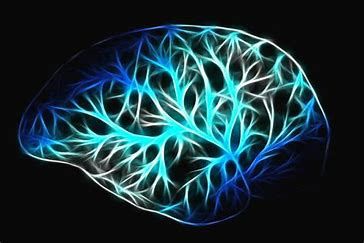BREAKING: emerging treatment for Parkinson's sparks new hope.
- Get link
- X
- Other Apps
Stem cell therapy is an emerging treatment option for patients with Parkinson’s disease and other neurological disorders. There is still much unknown about how stem cells work to treat these disorders, but there is evidence to suggest that stem cell therapy may be a promising treatment option for patients who have not responded to other treatments.
Patients with Parkinson’s disease typically experience a loss of dopaminergic neurons in the brain. Dopamine is a neurotransmitter that is important for motor control. The loss of dopaminergic neurons leads to the symptoms of Parkinson’s disease, including tremor, rigidity, and difficulty with movement. There is currently no cure for Parkinson’s disease, and treatments are focused on relieving symptoms.
Stem cell therapy is a potential treatment for Parkinson’s disease because it has the ability to replace lost dopaminergic neurons. In a small study of patients with Parkinson’s disease, stem cell therapy was found to be effective in restoring dopamine production and improving symptoms of the disease.
The mechanism by which stem cells work to treat Parkinson’s disease is still not fully understood. It is thought that stem cells may help to protect existing dopaminergic neurons and promote the growth and regeneration of new dopaminergic neurons. Additionally, stem cells may help to reduce inflammation in the brain, which is thought to play a role in the progression of Parkinson’s disease.
There is still much unknown about stem cell therapy and its potential to treat Parkinson’s disease and other neurological disorders. However, the available evidence suggests that stem cell therapy may be a safe and effective treatment option for patients who have not responded to other treatments.
Stem cell therapy is an emerging treatment option for patients with Parkinson’s disease and other neurological disorders. There is still much unknown about how stem cells work to treat these disorders, but there is evidence to suggest that stem cell therapy may be a promising treatment option for patients who have not responded to other treatments.
Patients with Parkinson’s disease typically experience a loss of dopaminergic neurons in the brain. Dopamine is a neurotransmitter that is important for motor control. The loss of dopaminergic neurons leads to the symptoms of Parkinson’s disease, including tremor, rigidity, and difficulty with movement. There is currently no cure for Parkinson’s disease, and treatments are focused on relieving symptoms.
Stem cell therapy is a potential treatment for Parkinson’s disease because it has the ability to replace lost dopaminergic neurons. In a small study of patients with Parkinson’s disease, stem cell therapy was found to be effective in restoring dopamine production and improving symptoms of the disease.
The mechanism by which stem cells work to treat Parkinson’s disease is still not fully understood. It is thought that stem cells may help to protect existing dopaminergic neurons and promote the growth and regeneration of new dopaminergic neurons. Additionally, stem cells may help to reduce inflammation in the brain, which is thought to play a role in the progression of Parkinson’s disease.
There is still much unknown about stem cell therapy and its potential to treat Parkinson’s disease and other neurological disorders. However, the available evidence suggests that stem cell therapy may be a safe and effective treatment option for patients who have not responded to other treatments.
- Get link
- X
- Other Apps


Comments
Post a Comment